2023 Toyota bZ4X DC Fast-Charging Test: Don’t Rely On It

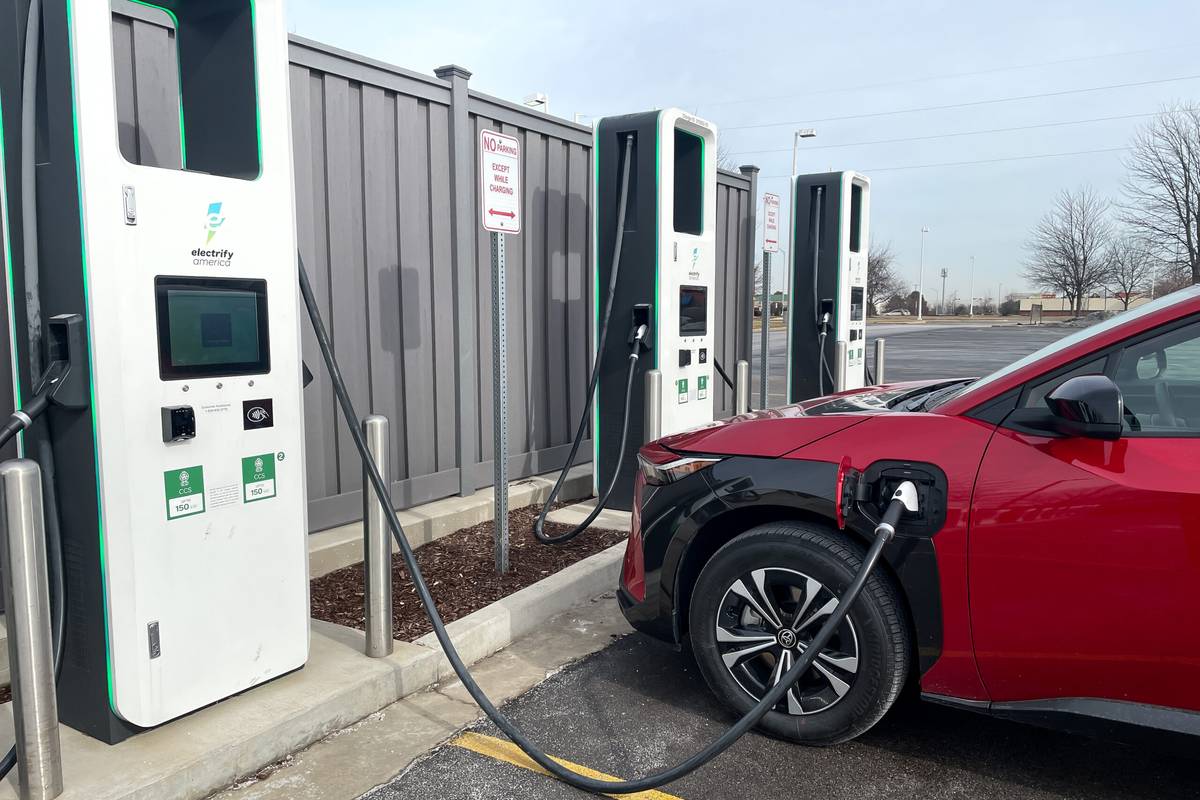
The 2023 Toyota bZ4X is Toyota’s only dedicated electric car, and it isn’t alone in that you can’t rely on its DC fast-charging claims. Charging at a public DC fast-charging station is the fastest way to replenish range out of the three available charging power levels. However, like all EVs with the capability, there are many variables that need to be in sync to match any stated, “Adds X amount of range in X number of minutes.” But when we performed a DC fast-charging test on a bZ4X XLE with front-wheel drive, which is the faster-charging of the two drivelines, we were surprised by just how far off it was from its respectable claims.
Related: Is the 2023 Toyota bZ4X a Good EV? 6 Things We Like and 4 We Don’t
How Long Does It Take to Charge the bZ4X?
In optimal conditions at a DC fast charger, Toyota says a FWD bZ4X should take 30 minutes to charge from 20%, which is when the low battery light illuminates, to 80%. All-wheel-drive models take longer at 60 minutes to replenish the same amount; they have a lower maximum charging power of 100 kilowatts, versus 150 kW for the front-drive bZ4X.
Our fast-charging test of a FWD bZ4X XLE took considerably longer at 54 minutes to charge the battery from 25%-80%, which added 141 miles of predicted range at a rate of 2.6 miles of range added per minute. The 2.6 miles of range per minute was far less than Toyota’s best-case estimate of 6 miles of range per minute (higher is better when comparing miles of range added per minute).
Test Conditions
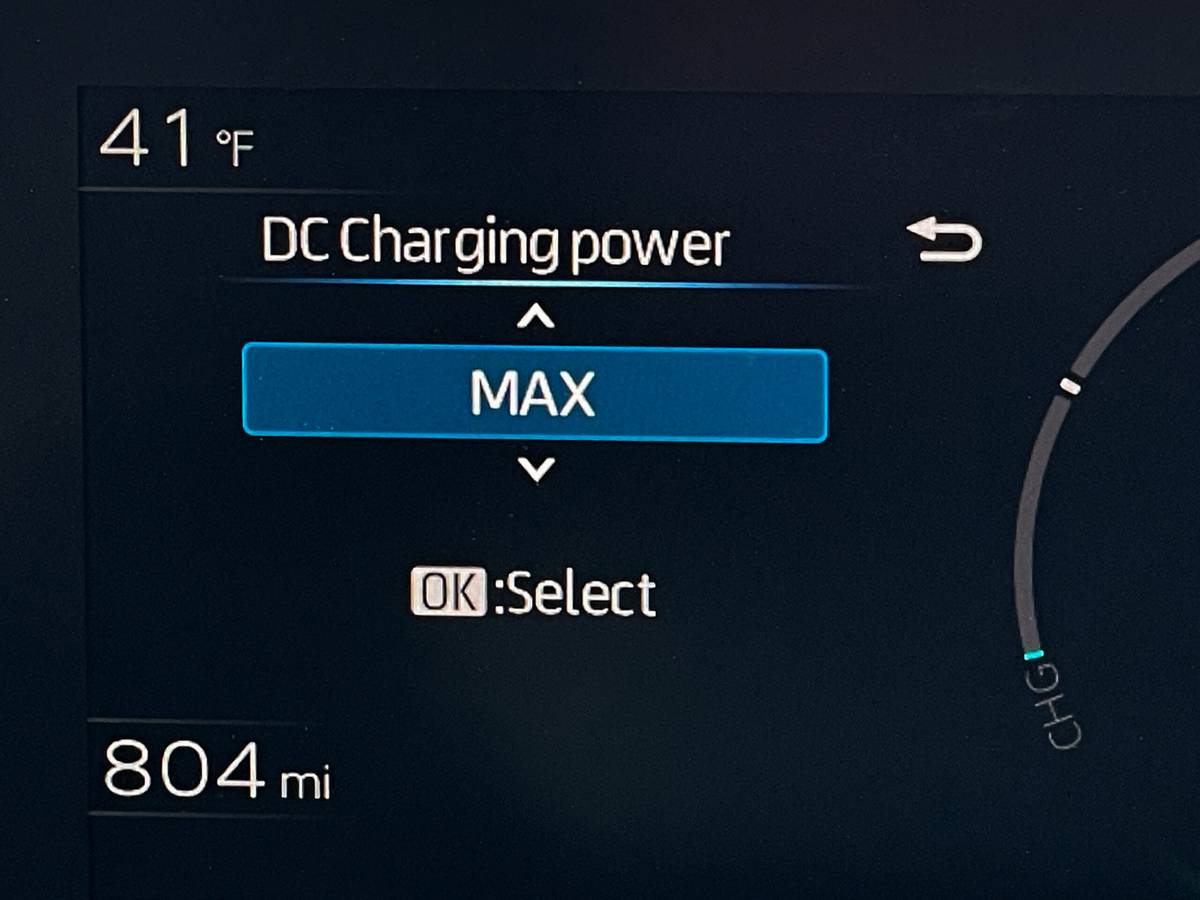
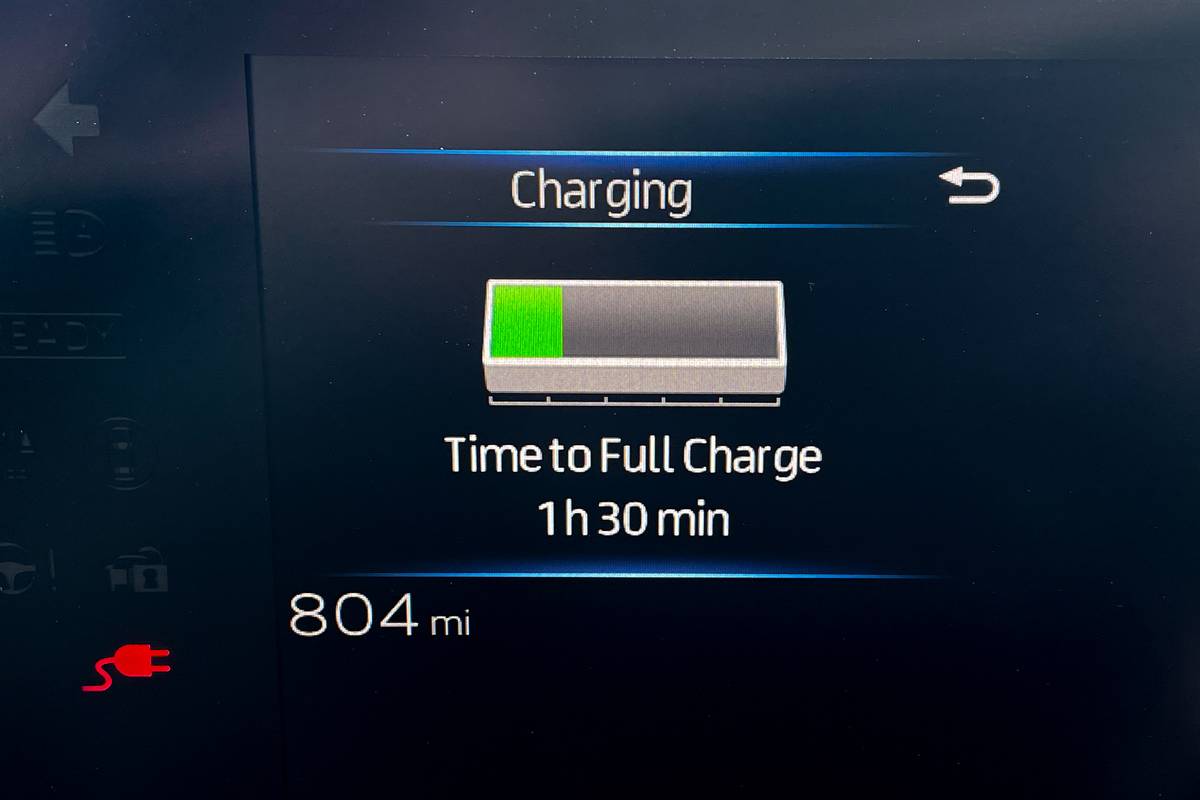

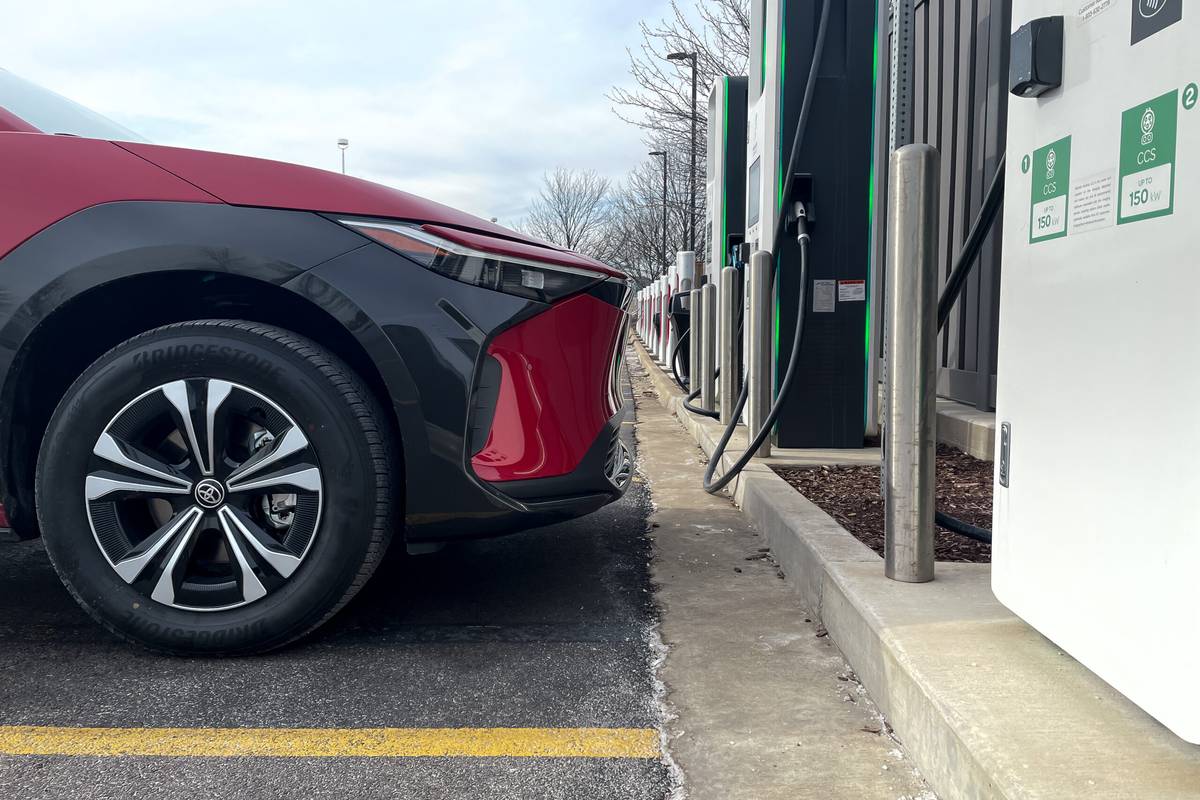
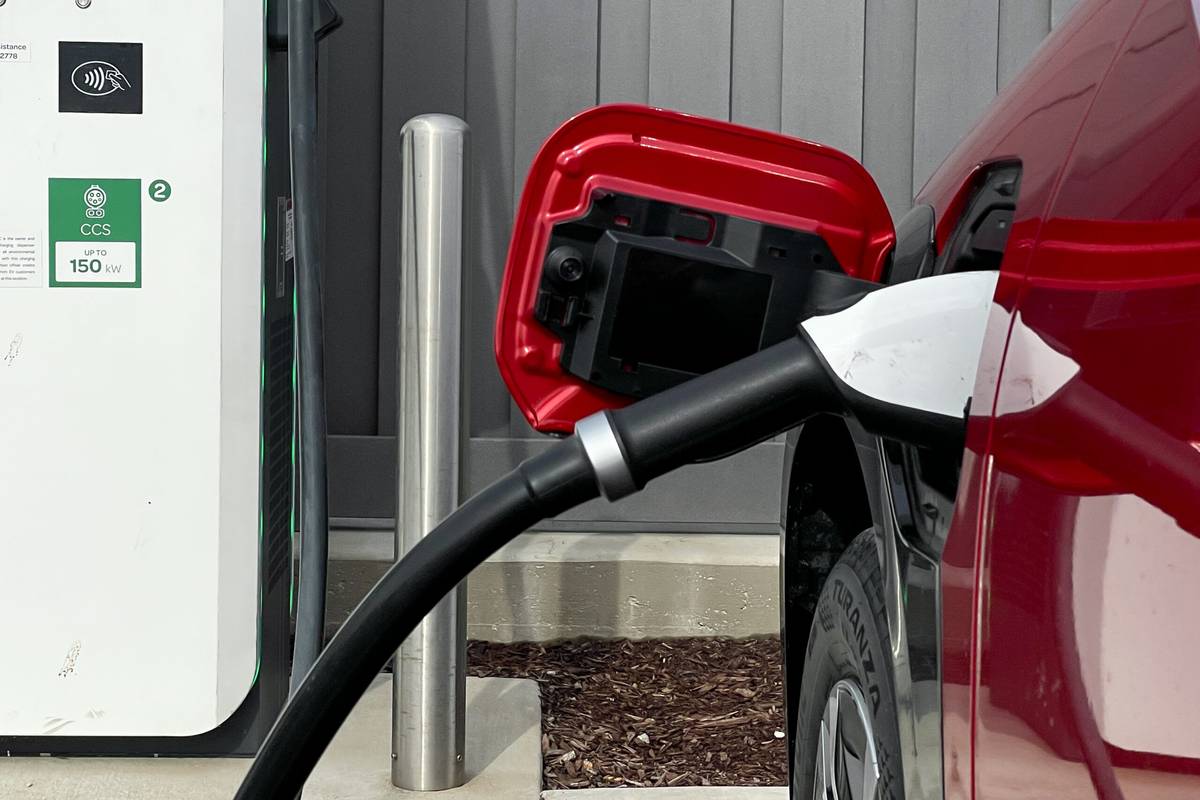





The ambient temperature of 39 degrees Fahrenheit was cold, and fast charging is greatly affected by battery temperature, though it was far from the zero-degree cold snap my area experienced at the end of 2022. I also drove the car for 30 minutes prior to the charge test in hopes of warming up the battery enough to accept a reasonable fast-charging rate.
It’s actually quite common for real-world DC fast-charging speeds to underwhelm because there are so many variables that can impact charge speeds between the car, battery state of charge and temperature, charge station power and ambient temperature. We generally observe faster rates when the battery is closer to empty and most hit a wall around 80%, but batteries that may be too cold or too hot can also charge slower.
Even so, taking nearly double the bZ4X’s estimated charging time was quite the surprise. The bZ4X has a setting to vary the maximum fast charger power, and it was in its “Max” DC fast-charging setting; I also had the car off while charging. In our test at an Electrify America 150-kW charging station, we never observed higher than 52 kW despite the FWD bZ4x being capable of 150 kW, which was strange, but not as strange as you might think.
Versus Competitors
In previous DC fast-charging tests among similarly capable EVs, we’ve spent 48 minutes fast-charging a 2021 Volkswagen ID.4 from 36%-87%, adding 2.48 miles of range per minute (VW has since upped its fast-charging claims), and 28 minutes taking a 2021 Ford Mustang Mach-E from 50%-81%, adding 3.18 miles of range per minute. In warmer conditions, we’ve fast-charged a 2023 Kia Niro EV from 28%-69% in 26 minutes, adding 108 miles of range at a rate of 4.15 miles of range per minute. While these aren’t apples-to-apples comparisons with the bZ4X, it shows how much variability you can have from car to car.
It doesn’t have to be like that. In 29-degree weather, we’ve fast-charged a 2022 Kia EV6 from 23%-84% in 30 minutes while adding 163 miles of range for 5.4 miles of range per minute, and our long-term Tesla Model Y’s charge logs show that it fast-charges from 20%-80% in 30 minutes in similar temperatures. In warmer weather, the EV6 and Model Y have performed better, with the EV6 adding 9 miles of range per minute (18%-80%, 162 miles of range added in 18 minutes) and the Model Y 5.9 miles per minute (18%-80%, 164 miles of range added in 28 minutes).
The EV6 and Model Y have more impressive fast-charging performance, but they’re also more expensive than the bZ4X. However, the 2023 Hyundai Ioniq 5 EV comes in a rear-wheel-drive version with a long-range battery and similar charging capability as the EV6 that starts at $46,835 (all prices include destination). The FWD bZ4X XLE starts at $43,335, and the one I tested was $44,409 with optional equipment.
The Bottom Line
What it comes down to is how much you value the convenience of DC fast charging. The additional cost of an Ioniq 5, EV6 or Model Y would be worth the extra capability for anyone who wants to feel comfortable traveling longer distances in their EV or who may not have home charging. (We don’t recommend owning an EV without Level 2 home charging, but we know you’re out there.)
DC fast charging is best for emergency fill-ups or road-tripping because it can have long-term battery degradation effects when done frequently, and it can also be costly when not included as a complimentary incentive with a new car purchase. The $16.34 for my bZ4X charge session that added 141 miles of predicted range is nearly twice the cost to drive a 2023 Toyota Prius 141 miles ($8.57) based on its 57 mpg combined figure and current gas prices.
It’s clear Toyota is taking a conservative approach to its first dedicated EV. While Toyota shoppers keen on the brand’s famed reliability might expect this, the bZ4X’s limited fast-charging capability also means it’s an EV you’ll want to keep close to home if you don’t want to be inconvenienced with long charge times on the road.
Related Video:
More From Cars.com:
- Up Close With the 2023 Toyota bZ4X: Terrible Name, Decent Effort
- 2023 Toyota bZ4X: Automaker Estimates 250-Mile Range
- 2023 Toyota bZ4X: Toyota’s First All-Electric Vehicle Officially Revealed
- 2023 Genesis Electrified G80: How Long Did It Take to Fast-Charge?
- How Long Does It Take to Charge an Electric Car?
Cars.com’s Editorial department is your source for automotive news and reviews. In line with Cars.com’s long-standing ethics policy, editors and reviewers don’t accept gifts or free trips from automakers. The Editorial department is independent of Cars.com’s advertising, sales and sponsored content departments.

Managing Editor Joe Bruzek’s 22 years of automotive experience doesn’t count the lifelong obsession that started as a kid admiring his dad’s 1964 Chevrolet Corvette — and continues to this day. Joe’s been an automotive journalist with Cars.com for 16 years, writing shopper-focused car reviews, news and research content. As Managing Editor, one of his favorite areas of focus is helping shoppers understand electric cars and how to determine whether going electric is right for them. In his free time, Joe maintains a love-hate relationship with his 1998 Pontiac Firebird Trans Am that he wishes would fix itself. LinkedIn: https://www.linkedin.com/in/joe-bruzek-2699b41b/
Featured stories









